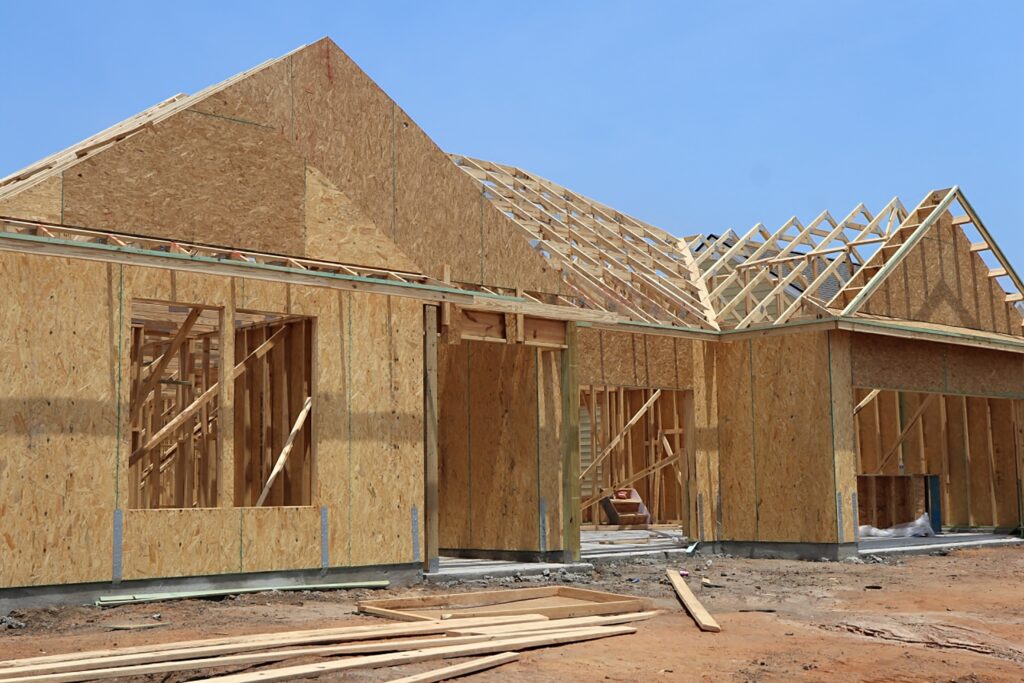The American housing market has entered a period of unusual strain, where rising interest rates, limited supply, and shifting generational trends are reshaping what it means to buy a home. Just a few years ago, historically low mortgage rates made homeownership far more attainable; today, sharply higher borrowing costs and stagnant housing production have pushed that goal out of reach for many. These pressures are affecting not only buyers but also sellers, many of whom are reluctant to give up the low rates they locked in during the pandemic, creating a “lock-in effect” that further constrains the market. In this piece, Keith Munsell, Master Lecturer of Strategy and Innovation breaks down how these forces interact and what they mean for current buyers, future generations, and the long-term health of the housing market.
Today, mortgage rates for a 30-year direct reduction mortgage (amortizing over its life) are approximately 6.25%. If you borrow $500,000, your monthly Principal and Interest payments would be $3,080. If we add real estate taxes and insurance, your Principal, Interest, Taxes, and Insurance (PITI) could be around $4,500 per month. Assuming other long-term payments (like car loans, education debt, etc.), you might have to earn about $180,000 per year to afford these payments. Just a few short years ago, in 2021, that same mortgage rate was about 3%, meaning your principal and interest payment would be about $2,108, roughly $1,000 less per month. Assuming similar real estate taxes and insurance, you could earn $40,000 less and afford the same mortgage. Rising interest rates have certainly had a dampening effect on purchases. In addition to the buyer’s side of the equation, sellers who locked in a much lower rate are also reticent to move and forego that advantage. The rise in interest rates has dampened demand while the supply of housing has shrunk because of that same rise, an effect sometimes known as the “lock-in effect.”
When you couple rising interest rates with historically low housing production, these two factors alone exacerbate the problem. Then add entitlement issues such as land use and zoning processes taking longer and becoming more expensive than in the past; a lack of skilled workers and an aging construction workforce; a sharp rise in material costs in just the last few years; and the availability and cost of land. All these factors contribute to many developments not “penciling out”—that is, failing to make economic sense.
The median age of first-time buyers now approaches 40 years old, up from the 1970s when the median age was 29. Large student loan payments, later marriage ages, and lifestyle changes (prioritizing experiences over acquiring assets) all contribute to this systemic shift.
A lack of housing and the later age of home acquisition may influence generational wealth (wealth passed down through inheritance). In a recent LendingTree survey, 45% of respondents indicated that real estate was a key factor in building wealth, followed by stock ownership. As people, especially Millennials (’81–’96) delay their purchase of housing, either voluntarily or involuntarily, there will be a negative impact on generational wealth accumulation. This effect may even be cumulative from generation to generation. Housing has long been the cornerstone of wealth in America.
Coastal communities tend to see more wealth concentrated in real estate than inland communities. All real estate is local; in fact, the three rules of real estate are location, location, location. During COVID-19, when many worked from home, we saw some coastal communities lose population to the suburbs and more rural areas. But with the return to the office, that migration has largely stopped.
President Trump recently addressed the issue of housing by floating the idea of a 50-year mortgage. In my opinion, this solves a problem that does not exist, as the largest impediment to home purchase is the down payment. A 50-year mortgage pits equity build-up against monthly payments and interest rates. This assumes that a longer repayment term would have the same interest rate as a shorter one and would require changes to laws that govern the secondary market (FANNIE MAE and FREDDIE MAC purchase ~70% of home loans) in order to purchase such loans.
What changes could encourage more housing and more affordable housing? If we think of housing as a right and not a privilege, and we view the lack of housing as a societal issue, then we need a societal solution, not one that rests solely on the shoulders of the real estate industry. I am NOT suggesting that government enter the housing industry. I am suggesting that: the entitlement process be streamlined; we allow more and varied housing types; technology be applied to housing production, as it has in many other industries, to reduce material and time costs; tariffs on building materials be reduced; the labor force be expanded using a higher ratio of apprentices in the trades; tax credits be used to encourage first-time homebuyers; we either eliminate the capital gains tax on the sale of a primary residence or at least increase the deduction; and that we allow for a “housing savings account” where interest income is not taxable.
Local governments are attempting to help by encouraging the conversion of underutilized office and lab space into housing. This is laudable; however, repurposing space designed for one use into another does not always work well, socially or economically, but it is a start.
